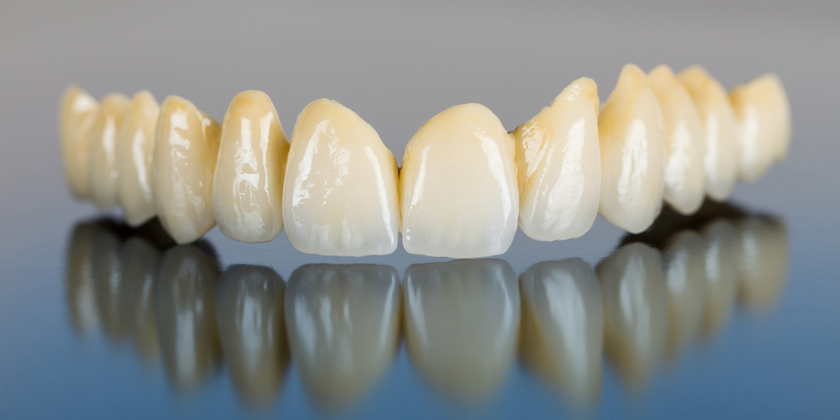For teenagers and adults, losing a tooth can be very embarrassing, as it can dramatically alter the quality of one’s smile. Worse, teeth are like dominoes, which mean that when one falls or disappears, this compromises the structural integrity of the surrounding teeth, making them more susceptible to loss. This is why many people turn to dental bridges as a way to replace missing teeth.
How Do Dental Bridges Help?
Dental bridges are a tooth restoration technique that involves connecting teeth which are healthy on both sides of the gap which results from the tooth which has been lost. An artificial tooth will form the “bridge” between them, filling up the gap where the previous tooth resided. However, it is extremely important that the area near the bridge is cleaned thoroughly; otherwise the patient could experience hygiene issues after the procedure has been completed.
The good news is that installing a dental bridge will return your teeth to an optimal state while giving you a pleasant smile. Implants are well designed and at a casual glance are indistinguishable from regular teeth. However, the surrounding teeth will not be as strong as they would be if the original tooth had not been lost. Furthermore, dental bridges need replacement every five to ten years. At the same time, getting a dental bridge is far less invasive than other dental procedures.
How Are Dental Bridges Installed?
The first step in installing a dental bridge is case selection. Your dentist will need to determine the position, shape, and size, and if cavities or periodontal disease is present, this will also have to be taken into consideration. Next, the dentist will need to choose the proper abutment teeth. This includes the size, angulation, position and root to crown ratio.
The dentist will also need to decide what type of bridge they want to install. There are conventional or standard bridges, which use crowns for their support, cantilever bridges which use a pontic which is connected to the retainer from one side, and fixed/fixed bridges where the pontic is connect to the retainer from both sides. There is also the adhesive bridge, which differs from the classical bridge since it utilizes an adhesive which connects it to the patient’s abutment teeth.
A dental bridge may be permanent or temporary, depending on the needs of the patient. Temporary bridges are usually a restoration which is designed for the protection of teeth that have become weak, and will provide stability to the oral tissues while fabrication of the permanent restoration takes place. Dental implants differ from dental bridges because although the initial price may be high, they will often provide greater longevity and have lower maintenance requirements. Dental bridges certainly have their advantages however, and it is important for patients to consult with their dentist to find out which option is best for them.


